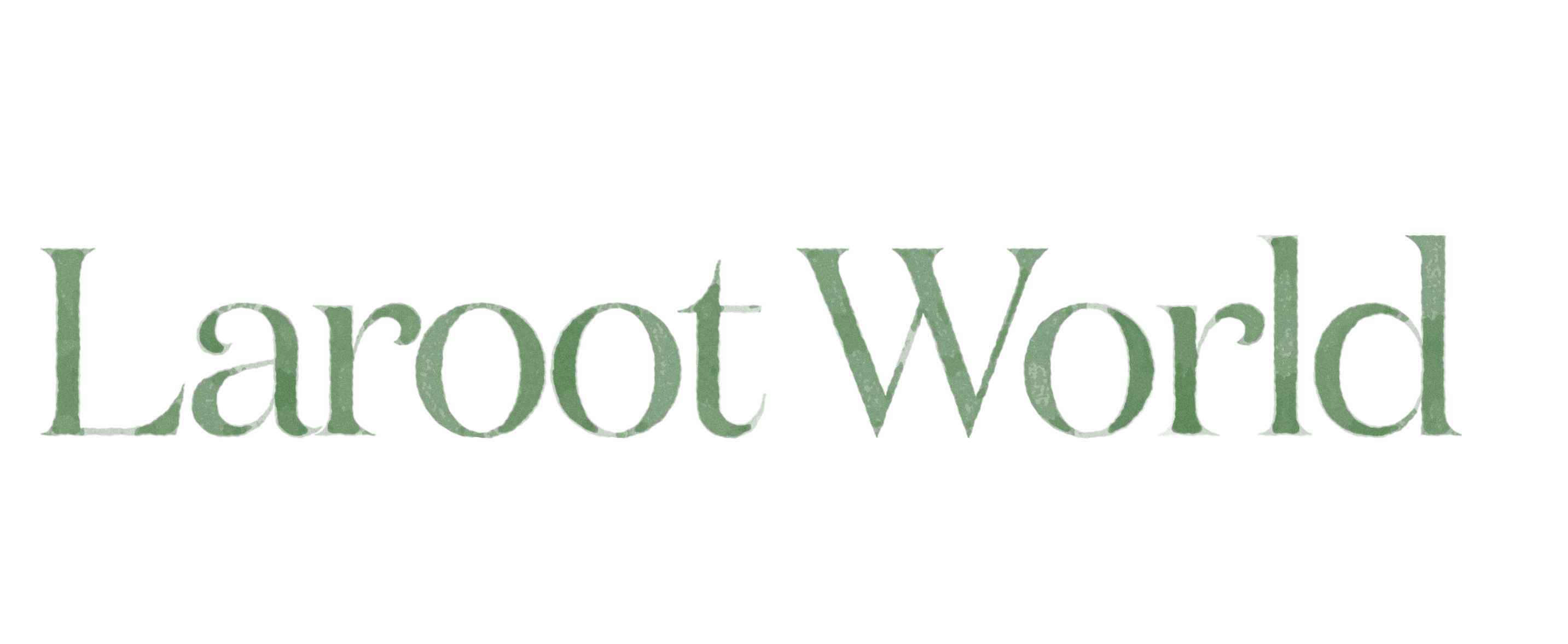Ecuador

Our curiosity and passion for culinary wisdom takes us to destinations all around the world. Recently, we found ourselves in Ecuador, a cultural treasure nestled in northwestern South America. From the Andes Mountains, to the Amazon basin, to the Galapagos Islands, Ecuador is one of the most environmentally diverse countries on Earth. These natural riches helped define Ecuador's distinct flavors, and during our stay we were treated to a variety of delicious meals, each one teeming with historical significance and nutritional importance.
Stop 1: Guayaquil
Our first stop was Guayaquil, the country's largest city and a major shipping port. We navigated to the city’s staple restaurant, El Centro, where we enjoyed delicious ceviches made using locally caught fish. The star dish, however, was Fanesca, a traditional soup made from squash, peas, beans, grains, and corn. It’s ceremoniously prepared during the Easter fast because it’s entirely vegan, and the 12 different legumes used in the recipe are even said to symbolize Jesus's 12 apostles. Though this brown stew won’t win any beauty contests, its wholesome taste is instantly addicting.

Our next day began like every day should: with a strong cup of Ecuadorian coffee (soon to be available in our boutique). The region’s soil and climate are ideal for growing coffee beans, making Ecuador one of the few nations in the world to export both Arabica and Robusta coffee varieties. With our cups full we enjoyed an Ecuadorian breakfast food known as humitas, along with some local fruits. Humitas date back to pre-Hispanic times and are made by wrapping fish or chicken, yucca puree, and steamed vegetables within a banana leaf. This historic dish provided all of the protein and nutrients we needed for our active day ahead.
Stop 2: Galapagos Islands
We said goodbye to Guayaquil and made the 2-hour flight over to the Galapagos Islands, where we were immediately struck by the immense beauty of the Islands. Our group embarked on a boat tour to immerse ourselves in nature and witness the native wildlife firsthand. While taking in the sights, our boat’s chef shared local knowledge and prepared traditional foods, which helped us feel even more connected to the sea we were traversing.

The ceviche served during this excursion was nothing short of revelatory. The bright and invigorating citrus marinade cooked the fish and shrimp to perfection, resulting in a dish as refreshing as a cool sea breeze. Ecuadorian ceviche differs from its Peruvian counterpart in that it’s served as a chilled soup, meaning there is more emphasis on the flavors and consistency of the liquid. We were interested to learn that many Ecuadorians enjoy ceviche as a breakfast food — it’s even thought to be a natural hangover remedy! It’s easy to see why this elegant dish is one of the country’s most-iconic delicacies.

Stop 3: Quito
The final leg of our trip took us to Quito, Ecuador’s capital city perched high in the mountains. It was built on the ancient ruins of the Incas, and is considered one of the best-preserved historic centers in South America. We stayed in the beautiful Casa Gargogena in the main square of the city surrounded by mystical churches and palaces from civilizations past. History was all around us — in the architecture, in the people, and yes… in the food.
Our breakfast at the hotel introduced us to the joys of yuca balls, which quickly became a favorite snack among our group. These bite-sized delights are made from nutritious and gluten-free mashed yuca, then cooked until golden brown. For lunch, we discovered an amazing local restaurant, Zfood, where we were charmed by fresh fish served in a simple setting. There we enjoyed another beautiful ceviche (noticing a theme here?) prepared tableside by the chef. Afterwards, we visited Quito’s famous chocolate workshop, Republica del Cacao, where some of the world’s finest cacao is made.

Before returning home, we traveled two hour north of Quito to Hacienda Zuleta. This exceptionally beautiful property is surrounded by sweeping views of the Andes Mountains, and was the working-farm of former Ecuador President Galo Plaza Lasso and his family. Among many attractions and activities, we were able to tour La Casa del Queso (“The Cheese House”) that serves some of the finest dairy products all over the country. The common table in the dining room impressed us with various interpretations of the Ecuadorian locro soup, which consists of cheese, corn, potato and avocado. While it is not the lightest of combinations, after a long day on horseback in the mountains it was just the right way to end our day, and our trip.

